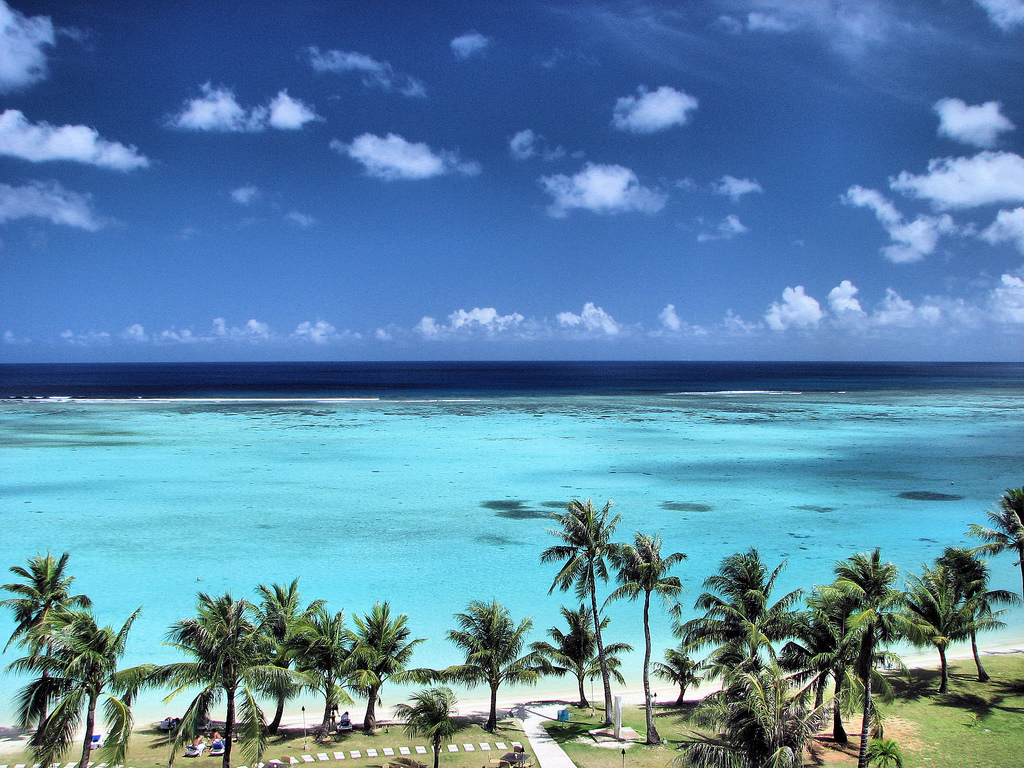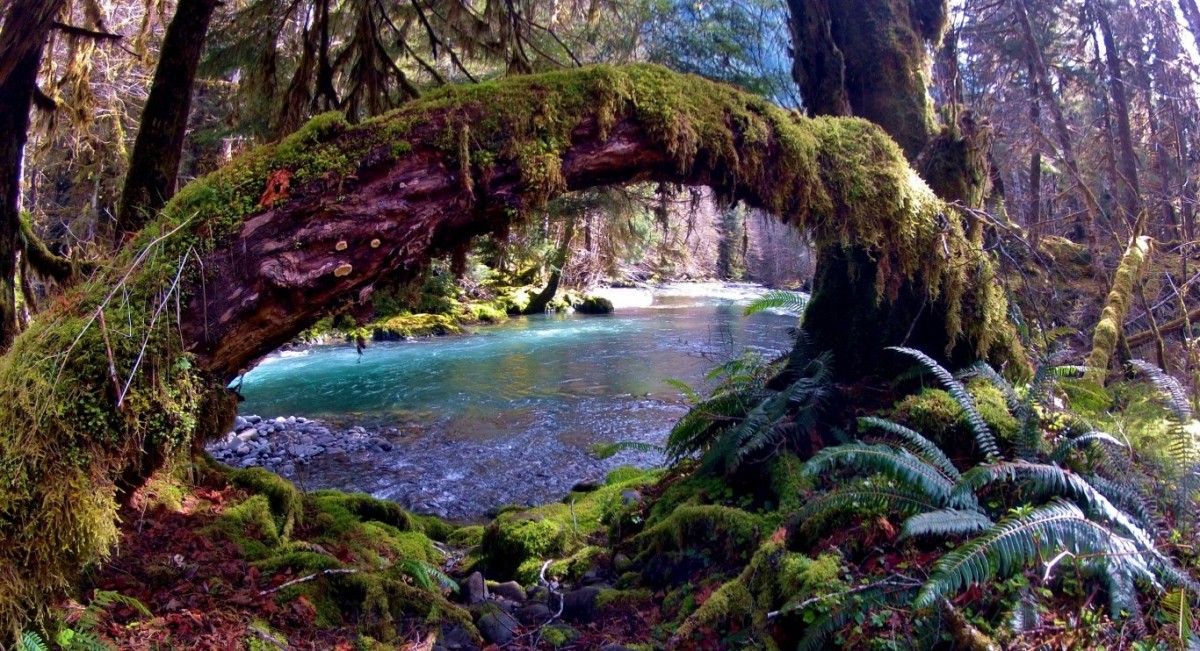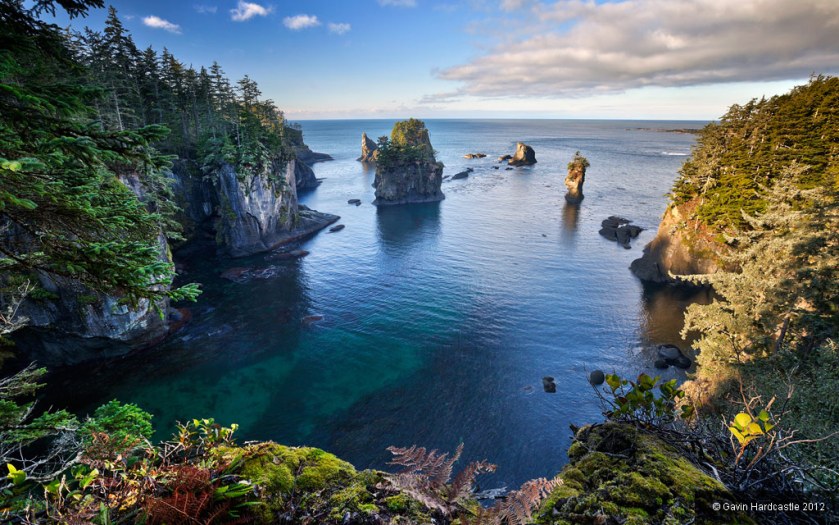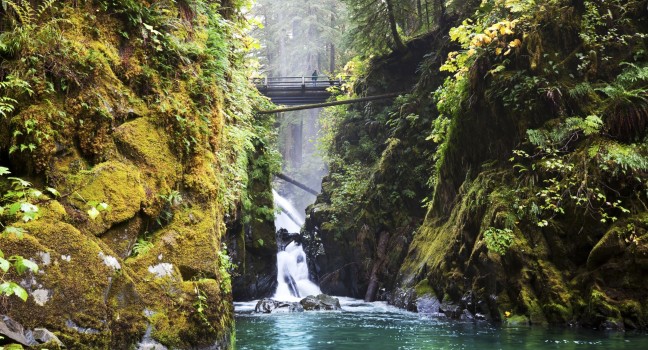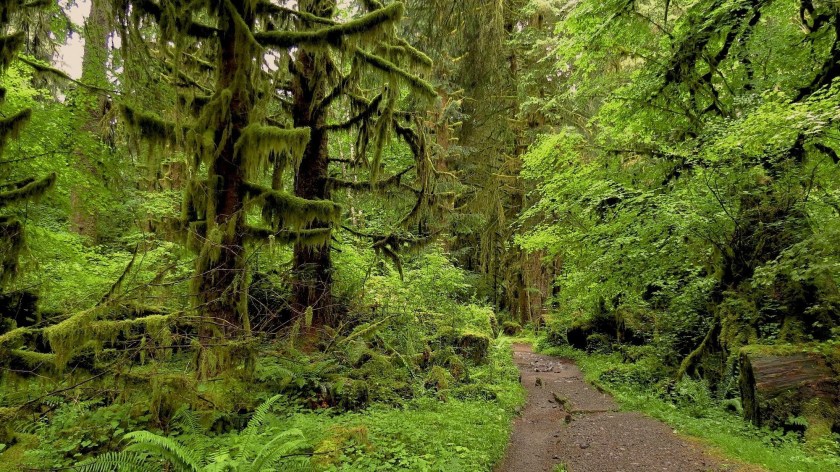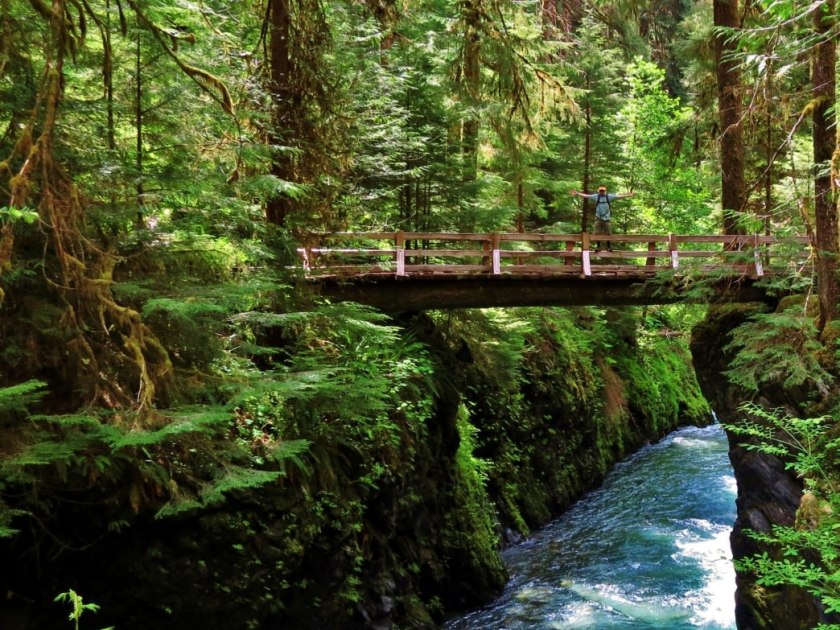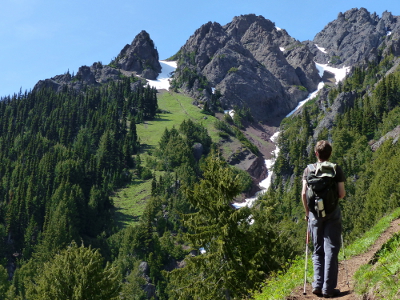Today I wish I was on my way over to the Asia-Pacific region of our planet.. and along the way I would be making a pit stop at Guam! I am thankfully working from home today, but it is pouring rain, and this business call is stressful.. so Guam is sounding pretty good right now! Guam is a tiny island located North-West of New Zealand, and can be accessed by air travel, cruise travel, or by cargo (if you are feeling adventurous and on a budget). Guam is the closest land mass to the Mariana Trench (deepest point of the Ocean in the world), and is almost completely surrounded by Cora; table reef. The island is approximately 212 square miles in size, 30 miles long and between 4-12 miles wide. The highest point in Guam is Mount Lamlam at about 1,300 Ft (400m) in elevation. Guam’s population is over 50% military personnel or people who are related to the military personnel stationed on the island. The main source of the economy is tourism, so there is plenty to do while you are here! Guam has many connecting flights coming in from the United States and the Eastern Asia Pacific region. This can be used to essentially travel to Guam for free on your way to say The Philippines. Many travel agencies allow you to use Guam as a layover, and you can stay for a few days before the connecting flight is actually planned! This is why I am planning on visiting Guam regardless of any other travel plans I have for this region of the world.
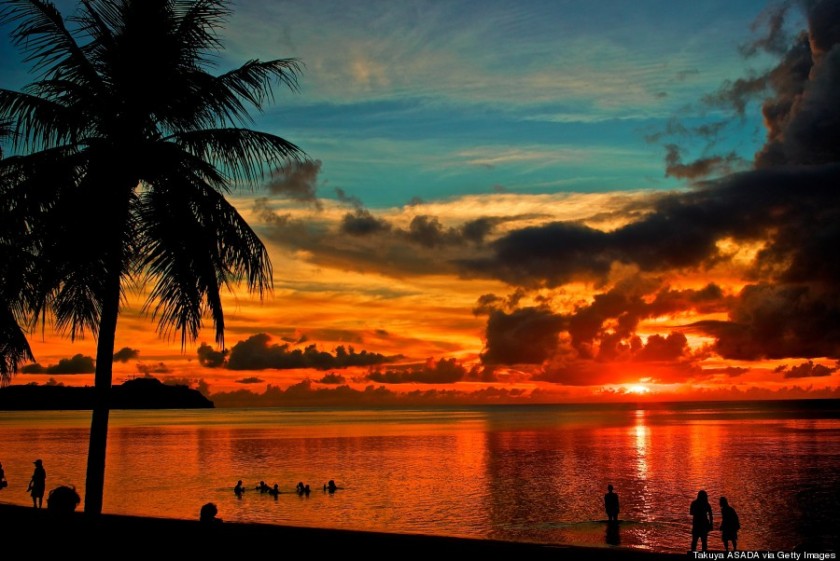
What to do here: One of the most popular attractions on the island is snorkeling and scuba diving. Guam is almost 100% surrounded by a tropical table reef that are home to thousands of species of plants, sponges, plants and more! Guam rarely experiences rough waters, due to its geographical location, making this divers paradise. The island also offers deeper barrier reefs that are only a 10-20 minute boat ride away from Guam’s shores. The water temperature is around low-mid 80’s (Fahrenheit) year round, making the perfect conditions for diving. Another main feature of the island is the hiking. Many people would not consider Guam a destination to go hiking, but the locals will tell you different. Hiking in Guam can be extremely rewarding, as the hikes are short (all within a days length), and have many hidden secrets including waterfalls, hidden coves, wildlife and more. In addition to diving and hiking, one can experience exotic food at restaurants, you can explore ship wrecks from WWII, and relax on the beautiful beaches on a tropical resort. 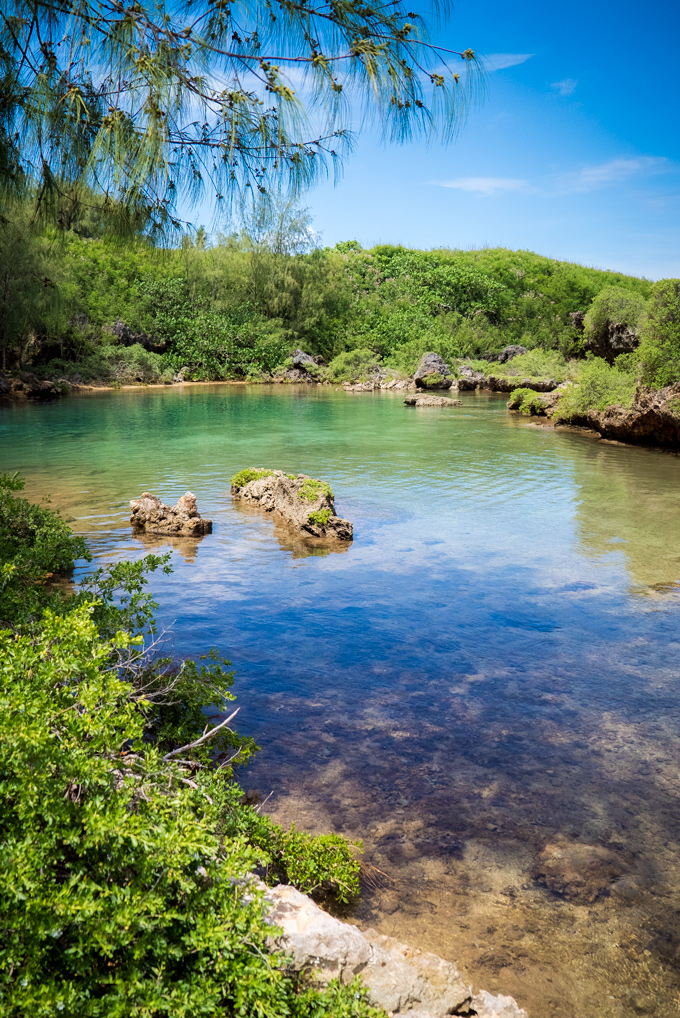
Did I forget to mention that you can climb the tallest mountain on the planet in Guam?? Mount Lamlam, although sitting only 1,300 ft (400m) in height on the island, is considered the tallest mountain on Planet Earth. Why is this? Mount Lamlam is apart of the Mariana Trench, which technically makes this a mountain apart of the Mariana Trench. With the Mariana Trench elevation included, the mountain is approximately 37,500FT (11,400M), in elevation. In comparison, Mount Everest is 29,040 feet (8,800M) in elevation.
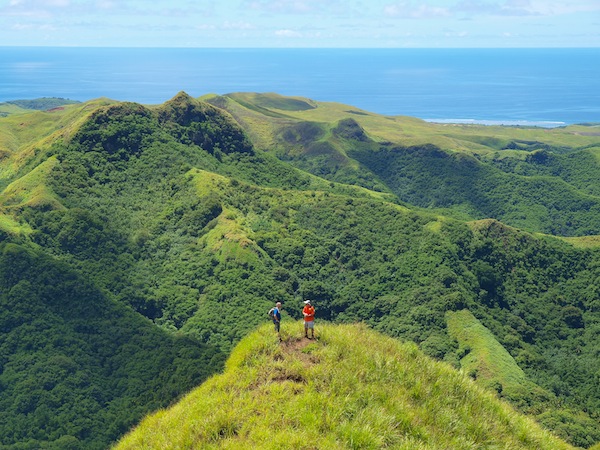
My Recommendation: If I was traveling to Guam, I would use it as a layover trip on my way over to Asia. I would spend no more then 3 days on this tiny island (more then enough time). My very first day would be spent sleeping and relaxing on the beach with a nice drink in my hand. This is highly recommended considering you just got off a 18 hour flight. The next day would be spend Scuba Diving and Snorkeling while trying out some exotic food that is distinct to the island of Guam. The last day would be spent hiking and covering as much of the island as I possibly could in a single day. This is also recommended so that you would be completely exhausted and enjoy a nice flight asleep. 
Thank you for reading. Please like, share and subscribe for more daily places in the world that I am currently dreaming of being at rather than work.
Please Note: I do not advertise for any of the mentioned companies or locations in which I advertise for. I do this 100% for fun and for other want-to-be travelers who want to read.

